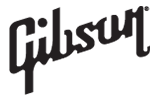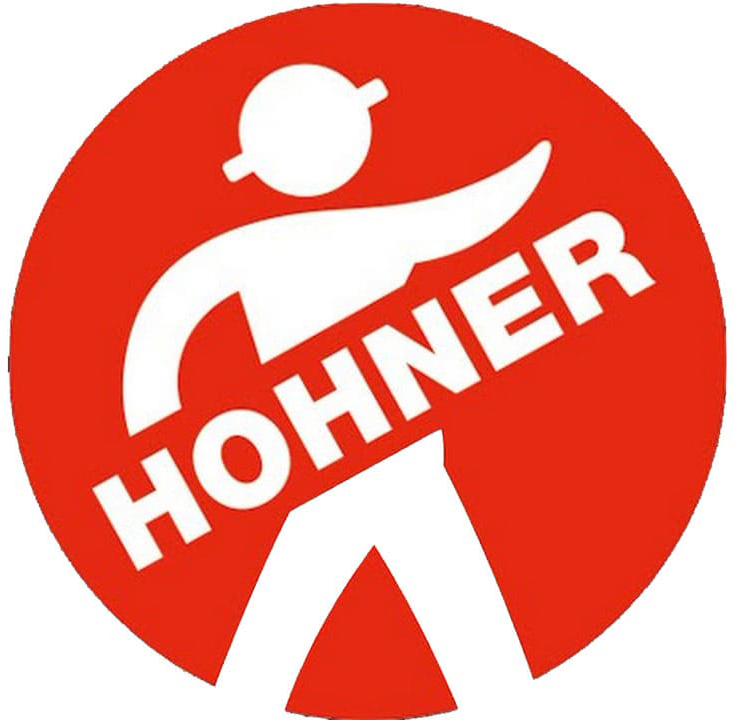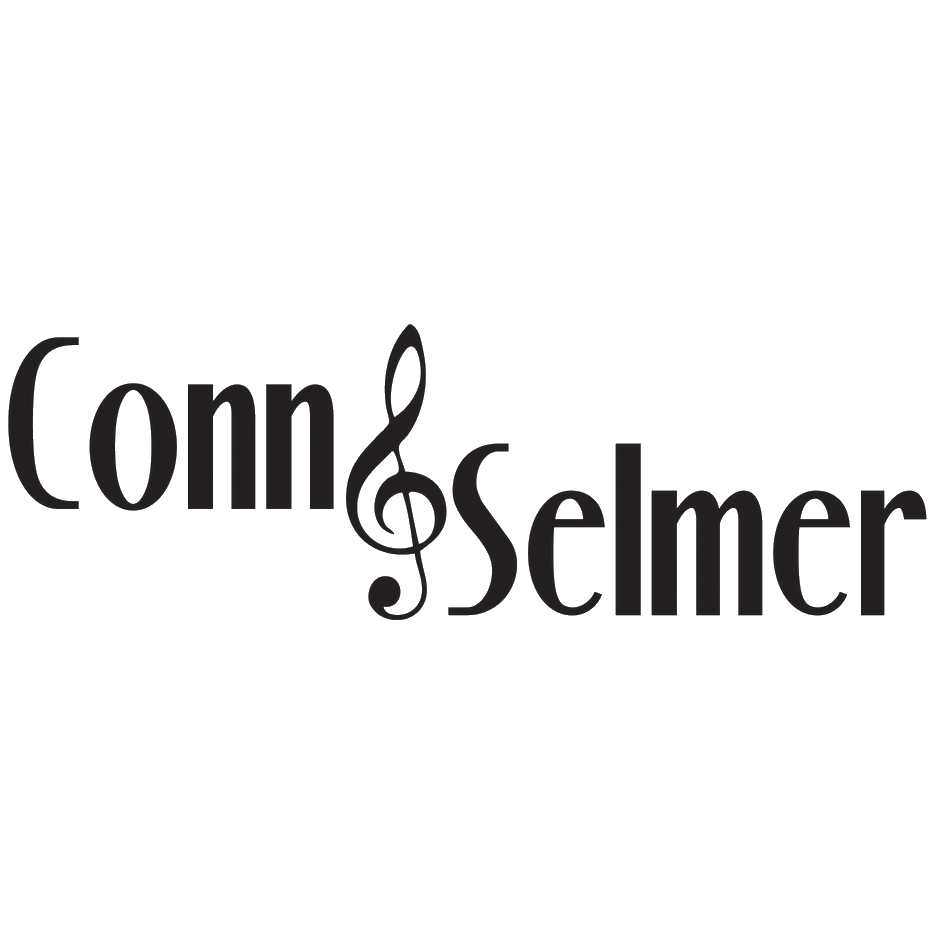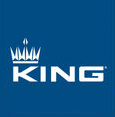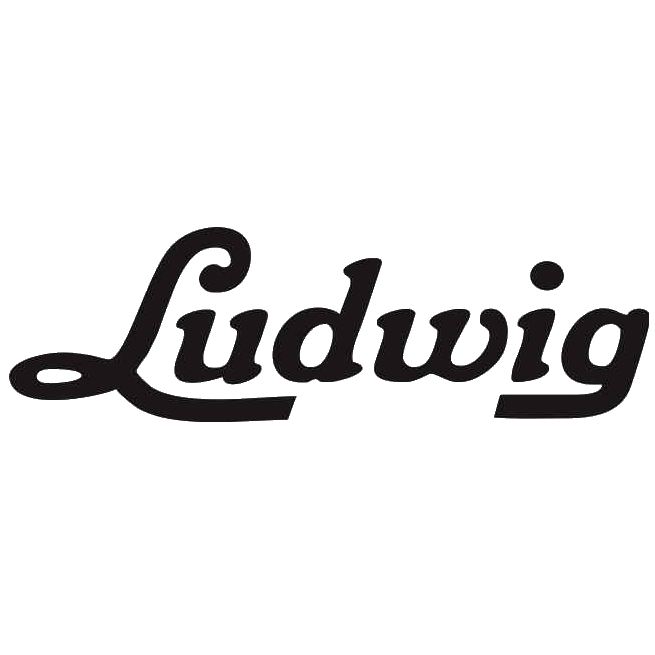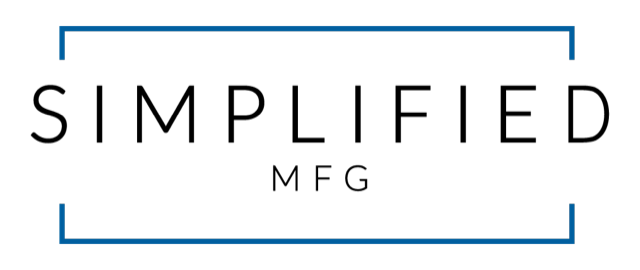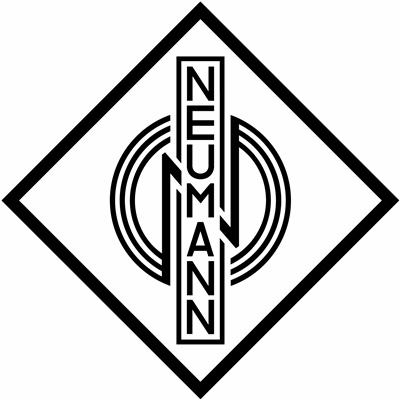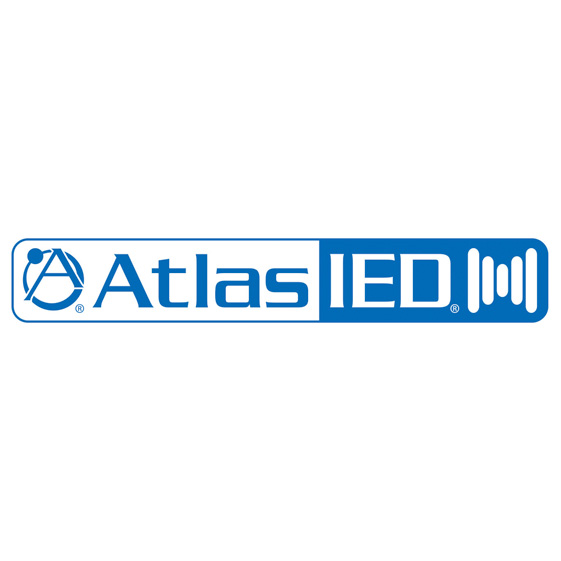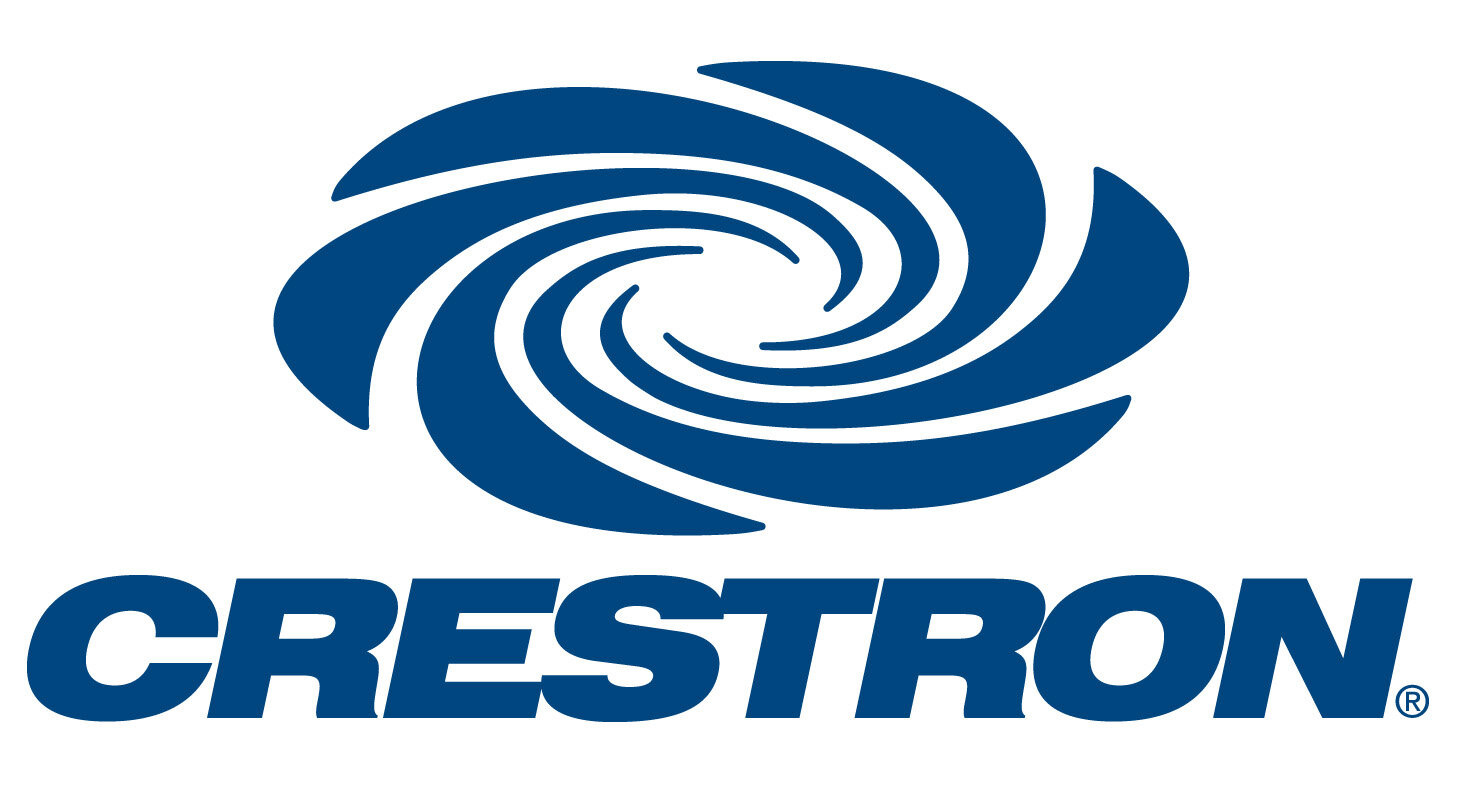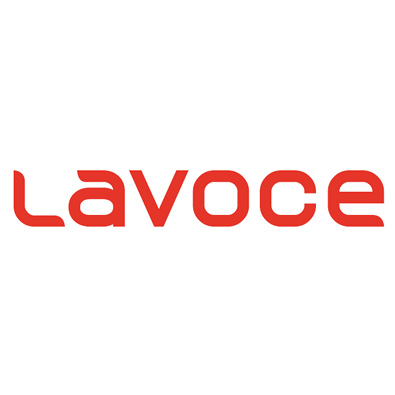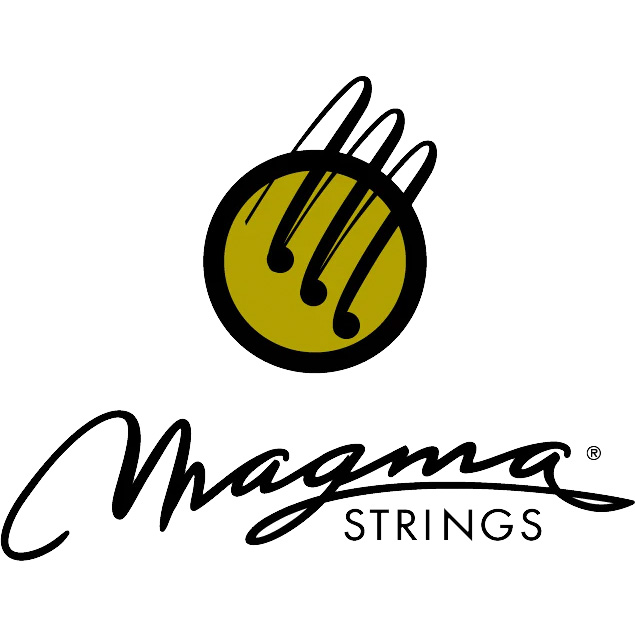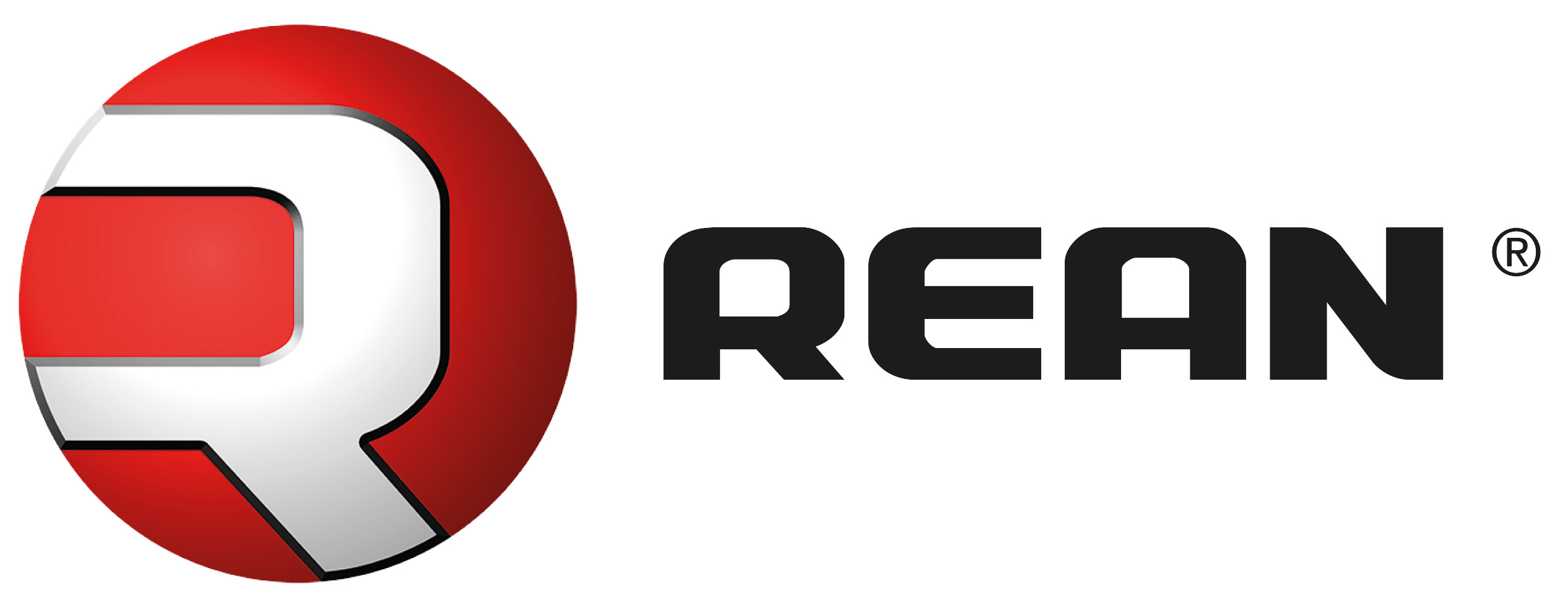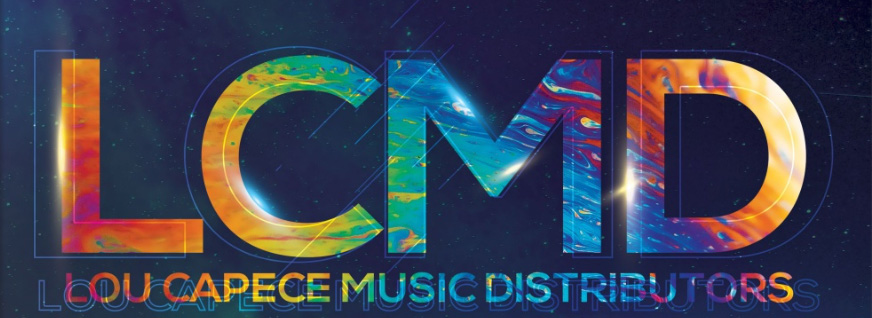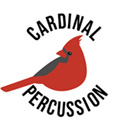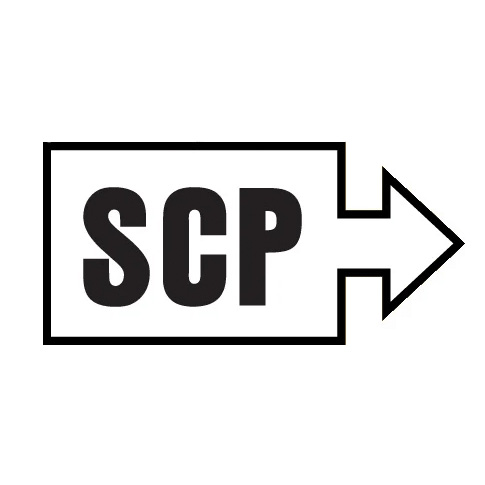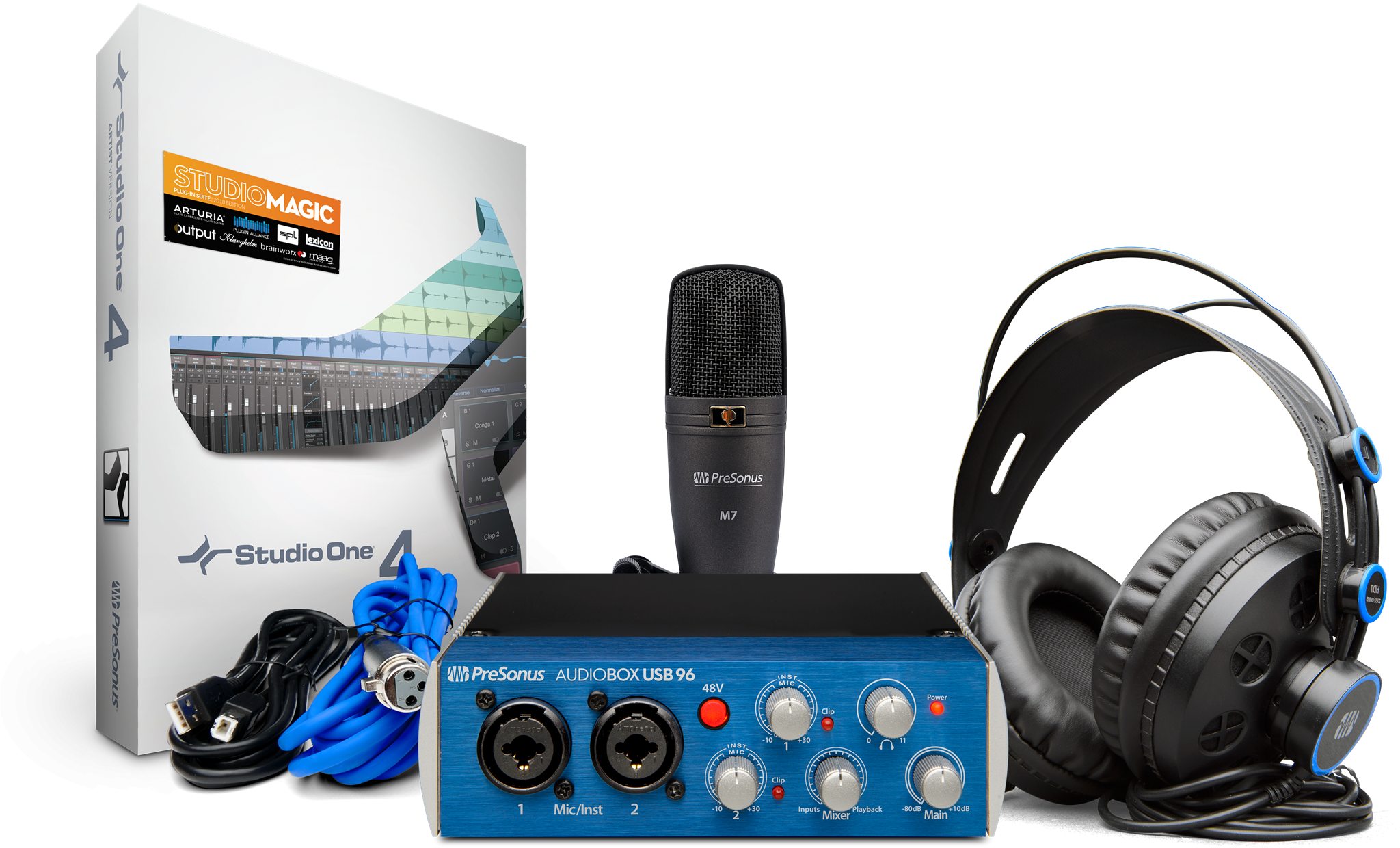
AUDIOBOX 96 STUDIO
AudioBox USB® 96 Specifications
Microphone Preamp
Type XLR Female Balanced
Frequency Response (±3.0 dB) 20 Hz to 20 kHz
Input Impedance (Balanced) 1200Ω
THD+N (unwtd, 1 kHz @ +4 dBu Output, Unity Gain) < 0.008%
S/N Ratio (Unity Gain, Ref. = +4 dBu, 20 Hz to 22 kHz) > 95 dB
Common Mode Rejection Ratio (1 kHz, 55 dB Gain)> 45 dB
Gain Control Range (± 1 dB) 0 dB to 35 dB
Max Input Level (Unity Gain, 1 kHz @ 0.5% THD+N)-3 dBu
Phantom Power (±2 VDC) +48 VDC
Instrument Input
Type ¼"
TRS Female Unbalanced Input Impedance 0.5 MΩ
Line Outputs
Type ¼"
Balanced Output Impedance 51Ω
Headphone Output
Type ¼" TRS Active Stereo
Maximum Output 60 mW/Ch @ 60Ω Load
Frequency Response (±1.0 dB) 20 Hz - 30 kHz
MIDI I/O
Type Dual 5-pin Female DIN
Digital Audio
ADC Dynamic Range (A-wtd, 48 kHz Sample Rate) 105 dB
DAC Dynamic Range (A-wtd, 48 kHz Sample Rate) 105 dB
Bit Depth 24
Reference Level for 0 dBFS +4 dBu
Internal Sample Frequency Selections (kHz)44.1, 48, 88.2, 96
Power USB 2.0 Bus-powered
Physical
Dimensions 1/3U (steel chassis)
Height5.5” (139.7 mm)
Depth 1.75" (44.45 mm)
Width 5.5” (139.7 mm)
Weight 1.4 lbs (0.64 kg)
M7 Microphone Specifications
General
Type Large-diaphragm condenser microphone
Element Electret
Polar Pattern Cardioid
Frequency Response 40 Hz - 18 kHz
Sensitivity -39 dBV/pa (12.2 mV/pa)
Rated Impedance 200Ω
Equivalent Input Noise (EIN) 20 dB
Maximum SPL136 dB SPL
Phantom Power Required +12 to +52 VDC, 3 mA
S/N Ratio 74 dB
Dynamic Range 11 dB
Current Consumption 3.5 mA
Physical
Diameter 2.13" (54 mm), maximum
Length6.69" (170 mm)
Weight 11.3 oz. (320g)
HD7 Headphone Specifications
General
Acoustic Design Dynamic, semi-open
Driver 50 mm, neodymium
Frequency Response 10 Hz to 30 kHz
Sensitivity 98 dB SPL (1 mW)
Maximum Power 300 mW
Rated Impedance 56Ω
EarpadLeather
Physical
Weight, without Cable 7.8 oz (222g)
Cable 8' 2" (2.5m) straight, single-sided
Plug Adapter 1/8" to 1/4" (3.5 to 6.3 mm), screw-on, gold-plated, stereo mini-plug
Computer system requirements:
Studio One® is a modern, cross-platform DAW that is capable of operating as a 32-bit or 64-bit application. While we make every effort to ensure Studio One will run well on the widest variety of computers possible, please read these specifications carefully to determine compatibility with your system.
Below are the minimum computer-system requirements for Studio One.
Mac
- macOS® 10.11 or higher (64-bit only) or later
- Intel® Core Duo processor (Intel Core™ 2 Duo or Intel Core i3 or better recommended)
- 2 GB RAM (4 GB or more recommended)
Windows
- Windows® 7x 64/x86 SP1 or Windows 8/8.1 x64/x86 or Windows 10 x64/x86
- Intel Core 2 processor (Intel Core i3 processor or better recommended)
- 4 GB RAM (8 GB or more recommended)
Windows and Mac Systems
- USB 2.0 Port
- Internet connection (for activation)
- Monitor with at least 1024x768 resolution
- 20 GB hard-disk space
- Internal or external 7200 RPM storage drive highly recommended




